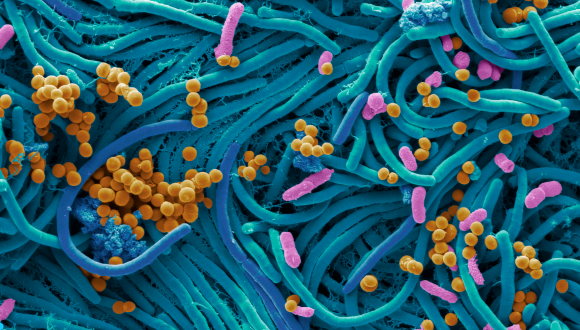Bugs, drugs and disease
Three recent papers in Nature Communications from the Borenstein lab explore the relationship between gut microbes, drugs, disease, and microbiome transplant
The diverse community of bacteria residing in the gut, known as the "gut microbiome," plays a significant role in various disease states. Within Prof. Elhanan Bornstein's research team, they are pioneering innovative computational tools for analyzing big data related to the microbiome. Their aim is to deepen our understanding of how the interaction between bacterial populations and the human body influences health.
Over the past year, the group has made notable contributions, publishing a series of articles in the esteemed journal Nature Communications. These articles introduced a novel computational method for identifying bacterial and metabolite clusters associated with disease states, a machine learning model for predicting drug effects on the microbiome, and a statistical analysis involving data from fecal transplants and bacterial interventions.
The publications have garnered significant attention, reflecting the team's commitment to advancing our knowledge of microbiome dynamics and their impact on human health.
Here are the articles published in Nature Communications.
Multi-omic integration of microbiome data for identifying disease-associated modules
A data-driven approach for predicting the impact of drugs on the human microbiome


